Gardeners in Garden Fencing: Enhancing Your Outdoor Oasis
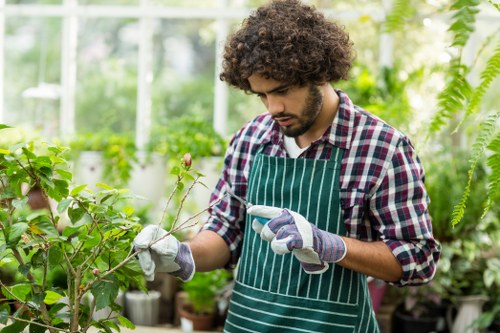
Introduction to Garden Fencing
Garden fencing plays a pivotal role in defining the boundaries of your outdoor space. For gardeners, it's not just about aesthetics; it's about functionality, privacy, and protection. Whether you're cultivating a vibrant flower bed or maintaining a vegetable patch, the right fencing can make all the difference.
Choosing the appropriate fence ensures that your plants thrive without unwanted intrusions from pests or wildlife. It also adds an element of design that complements your garden's theme, creating a harmonious environment.
In this article, we'll explore the various types of garden fencing, their benefits, installation tips, and maintenance practices to help you create a stunning and effective garden enclosure.
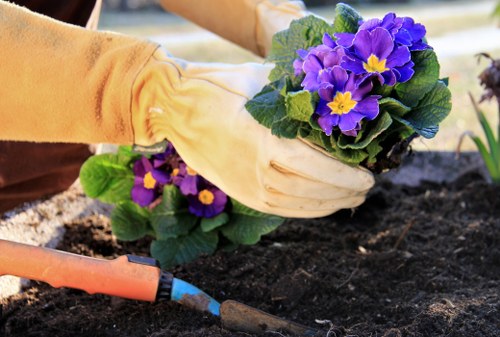
Types of Garden Fencing
Wooden Fencing
Wooden fences are a classic choice for gardeners. They offer a natural look that blends seamlessly with most garden settings. Available in various styles like picket, privacy, and lattice, wooden fences can be customized to suit your specific needs.
Metal Fencing
Metal fences, including wrought iron and aluminum, provide durability and strength. They are ideal for securing gardens against larger animals and add an elegant touch to your outdoor space. Metal fencing requires minimal maintenance and can withstand harsh weather conditions.
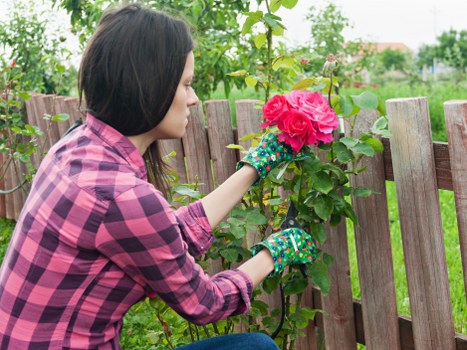
Benefits of Using Fencing in Gardens
Implementing fencing in your garden offers numerous benefits:
- Protection: Keeps out pests and unwanted animals, safeguarding your plants.
- Privacy: Creates a secluded space, allowing you to enjoy your garden in peace.
- Boundary Definition: Clearly marks the edges of your garden, enhancing its overall appearance.
- Security: Prevents theft and vandalism, ensuring your garden remains intact.
Additionally, fencing can serve as a support system for climbing plants, adding depth and dimension to your garden design.
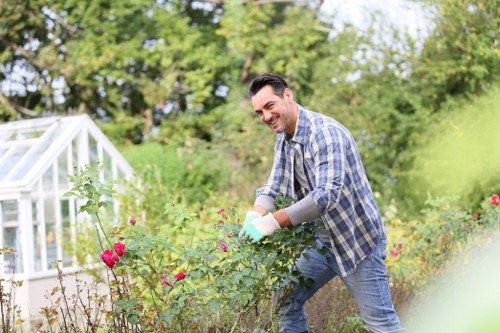
Installation Tips for Garden Fencing
Planning and Measurement
Before installing a fence, meticulously plan the layout and measure the area to determine the required materials. Consider the height and style that best suit your garden's needs and aesthetic.
Preparing the Ground
Ensure the ground is level and clear of debris. For wooden fences, digging post holes to a suitable depth is essential for stability. For metal fences, secure mounting points are necessary to prevent movement.
Installing the Fence
Follow the manufacturer's instructions carefully during installation. Use appropriate tools and hardware to ensure the fence is securely anchored. Regularly check for alignment and levelness as you progress.
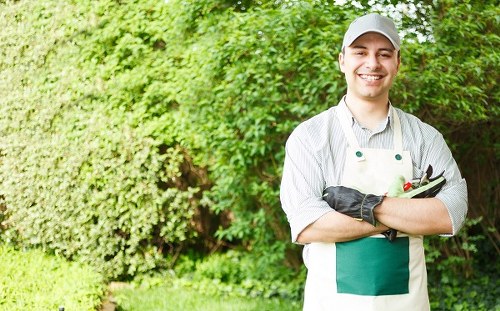
Maintaining Your Garden Fence
Regular Inspections
Conduct routine inspections to identify any signs of wear and tear. Early detection of issues like rust on metal fences or rot in wooden fences can prevent costly repairs.
Cleaning and Treatment
Keep your fence clean by removing dirt, moss, and debris. For wooden fences, apply stains or sealants to protect against moisture and UV damage. Metal fences may require anti-rust treatments to maintain their appearance and integrity.
Repairs and Upgrades
Address any damages promptly to maintain the fence's functionality and look. Consider upgrading components like gates or adding decorative elements to enhance the fence's overall appeal.

Integrating Fencing with Garden Design
Complementary Plants
Select plants that thrive alongside your fence type. Climbing plants like ivy or roses can add greenery and soften the fence's appearance. Alternatively, tall shrubs can create natural barriers without the need for extensive fencing.
Decorative Features
Add decorative elements such as trellises, lattice panels, or decorative post caps to personalize your fence. These features can enhance the visual appeal and make your garden fencing a focal point.
Lighting and Accessories
Incorporate lighting fixtures like lanterns or string lights to illuminate your fence at night. Accessories such as birdhouses or wind chimes can add charm and attract wildlife, enriching your garden experience.

Choosing the Right Materials
Sustainable Options
Opt for eco-friendly materials like bamboo or recycled metal to minimize environmental impact. Sustainable fencing options not only support eco-conscious gardening but also add unique textures and appearances to your garden.
Cost Considerations
Evaluate your budget when selecting fencing materials. While some options like treated wood may require more maintenance, others like vinyl or metal offer long-term durability with minimal upkeep, providing better value over time.
Climate Compatibility
Choose materials that withstand your local climate conditions. For instance, galvanized metal is ideal for humid areas, while cedar wood resists decay and is suitable for regions with heavy rainfall.

Innovative Fencing Solutions
Living Fences
Living fences made from hedges or planted barriers offer a natural alternative to traditional fencing. They provide excellent privacy, support biodiversity, and can be tailored to fit any garden size or style.
Modular Fencing Systems
Modular fencing systems offer flexibility and ease of installation. These systems allow gardeners to customize the height, length, and style of their fence, making them versatile for various garden layouts.
Smart Fencing
Integrate technology with smart fences that feature automated gates, security cameras, and sensors. These advanced systems enhance security and convenience, providing peace of mind for garden enthusiasts.

Environmental Impact of Garden Fencing
Wildlife Preservation
Proper fencing can protect local wildlife by keeping harmful pests out while allowing beneficial creatures to thrive. Consider using wildlife-friendly materials and designs that support biodiversity.
Sustainable Gardening Practices
Incorporate fencing into sustainable gardening practices by using recycled or renewable materials. Implementing eco-friendly fencing solutions reduces your garden's carbon footprint and promotes environmental stewardship.
Water Management
Fences can play a role in water management by directing runoff and preventing soil erosion. Properly installed fencing systems help maintain soil integrity and support healthy plant growth.

Conclusion
Investing in quality garden fencing is essential for any gardener looking to create a beautiful, functional, and secure outdoor space. With a variety of materials and styles available, you can find the perfect fencing solution to meet your specific needs and aesthetic preferences.
By carefully planning, installing, and maintaining your garden fence, you'll enhance the overall appeal of your garden, protect your plants, and create a welcoming environment for relaxation and enjoyment.
Ready to elevate your garden with the perfect fencing? Contact us today to explore our range of fencing options and find the ideal fit for your outdoor oasis.